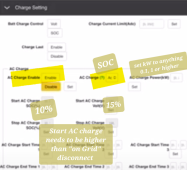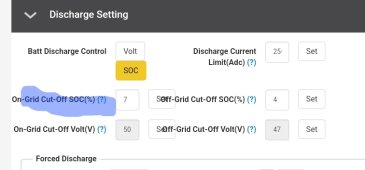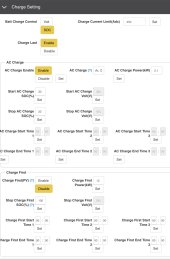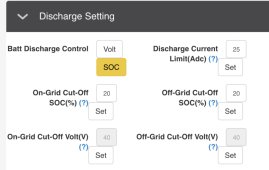realpinochet
Make Stuff In America Again!
- Joined
- Jul 4, 2022
- Messages
- 565
@SignatureSolarJames
@Luxpower_Gilbert
Any chance we can see higher battery voltage inputs in the near future? Aims now has a new inverter that allows 400V battery input and is stackable. A few other vendors (Sandi/Outback) have or planning on releasing HV stackable inverters. It reduces the wire sizes, lowers working temps for the inverter and battery which helps efficiency and durability. A cooler inverter performs and last longer. A cooler battery and cooler wires means you're using more of your stored energy for loads instead of wasting it in heat. Smaller wire sizes also means cost savings.
Also, wanted to point out I talked to liberty batteries and they said they have zero issues building HV batteries for the public. So it seems like a few vendors are understanding the HV market is growing.
@Luxpower_Gilbert
Any chance we can see higher battery voltage inputs in the near future? Aims now has a new inverter that allows 400V battery input and is stackable. A few other vendors (Sandi/Outback) have or planning on releasing HV stackable inverters. It reduces the wire sizes, lowers working temps for the inverter and battery which helps efficiency and durability. A cooler inverter performs and last longer. A cooler battery and cooler wires means you're using more of your stored energy for loads instead of wasting it in heat. Smaller wire sizes also means cost savings.
Also, wanted to point out I talked to liberty batteries and they said they have zero issues building HV batteries for the public. So it seems like a few vendors are understanding the HV market is growing.







